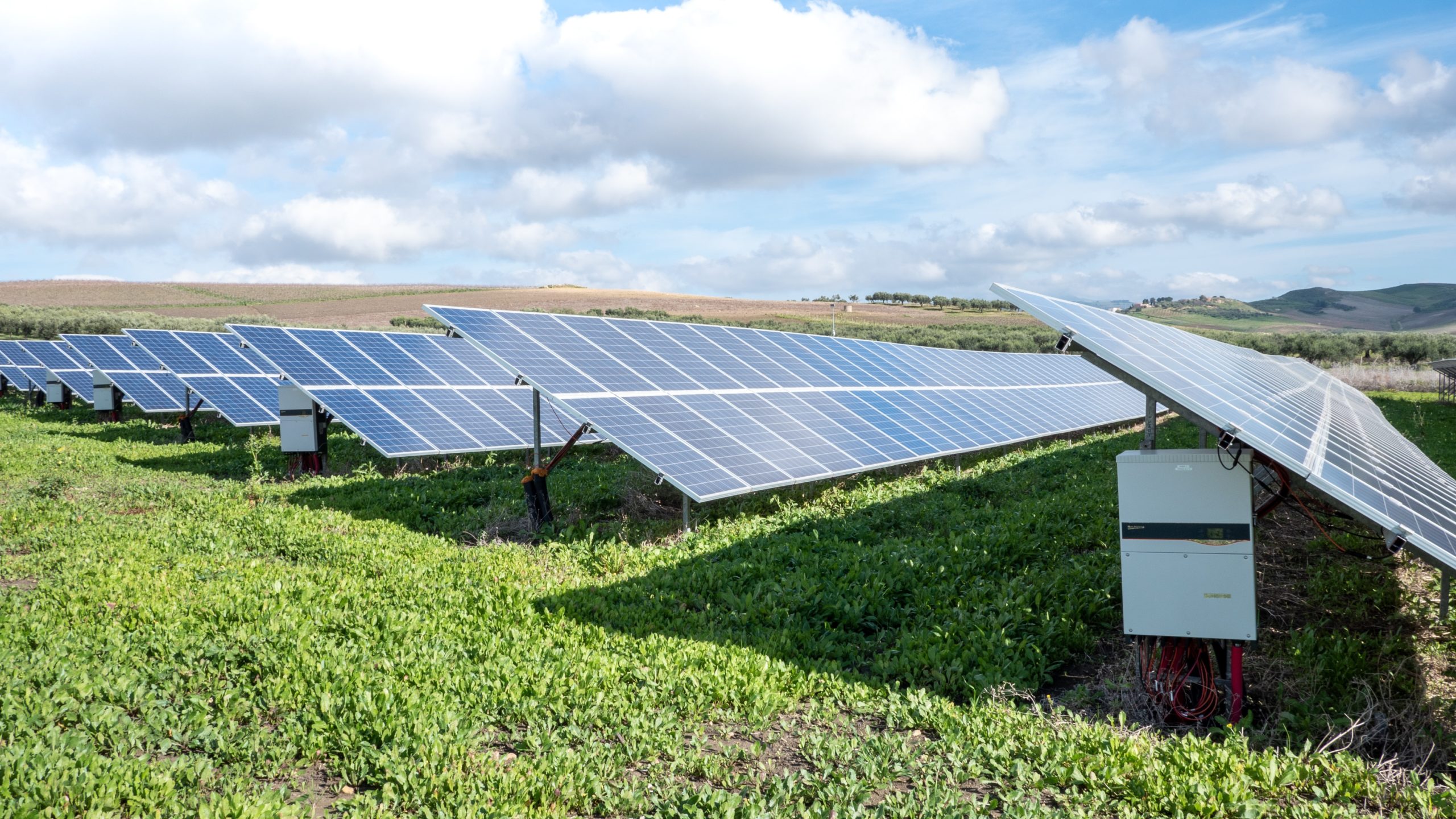
Distributed Industrial Networks: How the climate crisis is overturning economies of scale

The concept of economies of scale has been long ingrained into our paradigm of an efficient economy. Reducing costs by increasing efficiencies in larger scale, more centralized production units makes sense to us intuitively. We’re taught to buy supplies in bulk and get a discount, spread fixed overhead over larger production volumes, use size to gain market leverage over customers and suppliers, and access larger and cheaper tranches of capital via larger capital projects.
The twist with economies of scale in the context of climate change is that the classic industrial optimization problem becomes bifurcated. Efficiency as a goal has to compete with climate friendliness. That changes the economies of scale equation a bit.
In a traditional economies of scale model, industrial centers produce vast, cheap quantities of product and that product is delivered to other industrial centers for further processing or large distribution warehouses for delivery to the end user. The result is the ecosystem as we have it today: industrial clusters where similar products are developed in tandem, networks of pipe/rail/trucking routes where product can be delivered to another industrial cluster where synergies can gain be realized.
But in an economy where climate impact is prioritized, these centers of industry are focused on delivering the smallest footprint, and that may not line up exactly with our traditional model of economies of scale.
A prime example is the distribution of solar resources. Residential solar comes in at ~$0.15 - $0.22 / kWh vs. community solar at ~$0.07 - $0.17 / kWh vs. utility scale solar at ~$0.03 - $0.04 / kWh, costs that indicate a fair bias towards “bigger is better.” But when taking into account factors that affect the environmental impact of each project like land usage, transmission losses and time to deployment, residential solar starts to level the playing field.
This effect is even more prominent when considering energy resources that don’t have as efficient of a network to deliver to the customer. Within the industrial ecosystem, goods get hauled between industrial sites everyday. For processes that are aimed at lowering the carbon intensity, the effect of this haulage, which includes road fuel and any preparation work to get the product ready for transport, on the carbon footprint makes a sizeable dent on the overall score. Decarbonizing a heavy industry facility will require making sure the incremental footprint made by logistics at that site is netted out against the footprint reduction of the process itself.
A salient example of this is in CCUS, where the financial and environmental cost of transporting CO2 means that sources have to stay close to capture sites which have to stay close to end uses / points of consumption. The end result is a much more distributed network vs. incumbent industrial networks like this in oil and gas or steel production.
Several other areas of climate tech will follow suit in becoming more distributed over time, including hydrogen, green chemicals, and agriculture. The closer one’s customer base is to the individual consumer, the closer the industrial site might have to be a population center, spreading these networks much more similarly to population. The environmental benefits are not just limited to logistics either – finding more sustainable ways to produce something will fragment our industrial products such that regionalism / customization to the local consumer will have an increasingly dominant effect (e.g. consuming produce that’s local or using energy produced by a local landfill). This will often run counter to the traditional inclination to build towards economies of scale and centralization.
A final thought: perhaps the end result of all of this is that population growth and migration will evolve to take advantage of areas where economies of scale won’t have to be sacrificed for the sake of decarbonization. Urbanization is often pointed to as a key risk factor for climate change, mostly due to the current limitations of urban infrastructure. However, urbanization does have the nice benefit of creating economies of scale in having points of consumption all gathered into one place. Cities were once built around proximity to coasts and rivers to take advantage of trade and water available for agriculture/drinking. Now that we’ve identified novel, cleaner ways to utilize the resources around us, perhaps cities will evolve to be gathered around those industrial resources instead.

